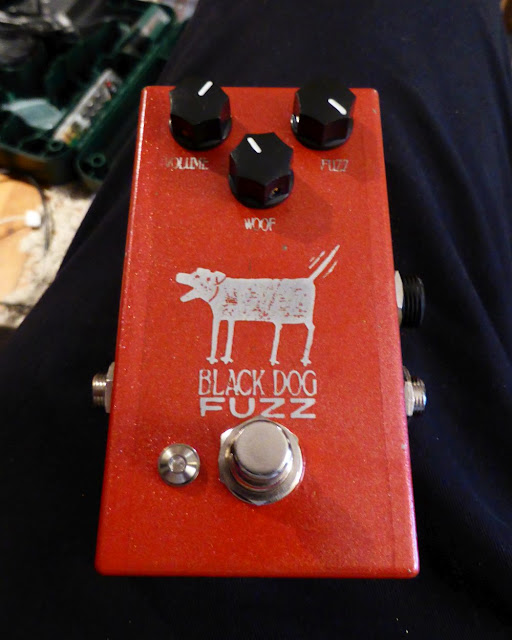Hi

I'm looking to Sunfaces circuits for a while, I played a bit on breadboard with it, but never had the luck to get a proper Sunface in my hand to compare, also I'm a beginner and still don't have a scope for indepth analysis. ^^' So take this with some salt, sources I'm referring to looks solid to me but, I'm no expert... (thanks to correct me if I'm wrong)
Usually you need a lower hFe in Q1. For instance first germanium Sunfaces (like legendary NKT275) had Q1 70 / Q2 90 for smooth ones, to Q1 100 Q2 130 for fuzzier ones (and lot of in between). SIlicon versions went of course beyound these levels. But like with the Fuzz Faces it is not just about hFe, the whole component equilibrium is important. Whatever transistor you want, you need to to get the right amount of voltage on each transistor collector (depending on each specific characteristic of employed transistors), witch implies to adapt resistors. That's because of the "voltage feedback biasing" on witch Fuzz Faces are very dependent. Sunface helps a lot with the bias pot, but still, important optimization can be done understanding what is going on.
It looks like a simple pedal at first glance, but it is in fact a rabbit hole. Breadboarding quite a bunch, and/or building the PCB with strategic sockets to allow useful easy swaps (transistors, bias pot and resistors) is very, very, important to find great sounds (and also learn a lot on the way for future projects). And only then, if you really need a soldered unit to feel safe during chaotic gigs, transfer your favorite recipe into an other dedicated board.
A good introduction :
Learn more about electric guitar related electronics: DIY guitar pedals, from fuzz faces to delays and reverb, cables and circuits theory

www.coda-effects.com
Fuzz Face Bible :


